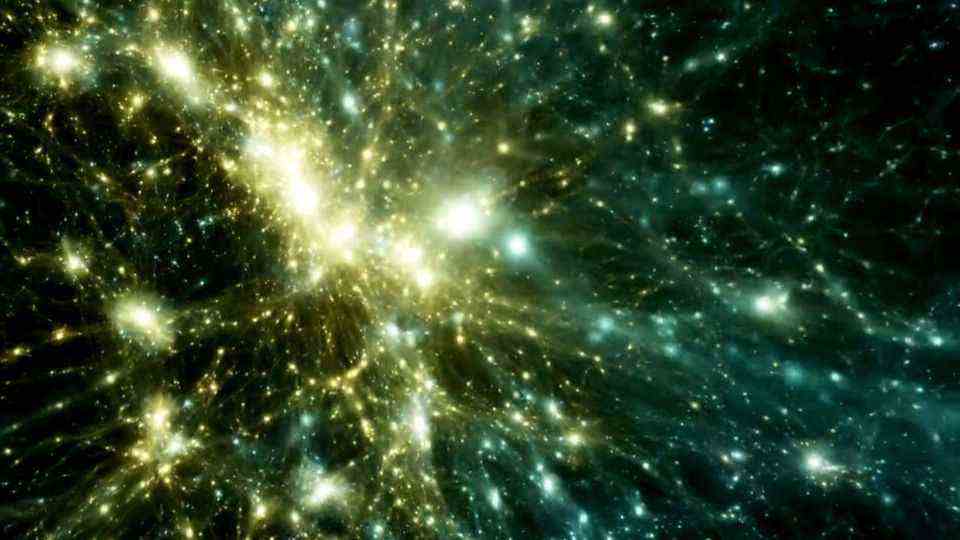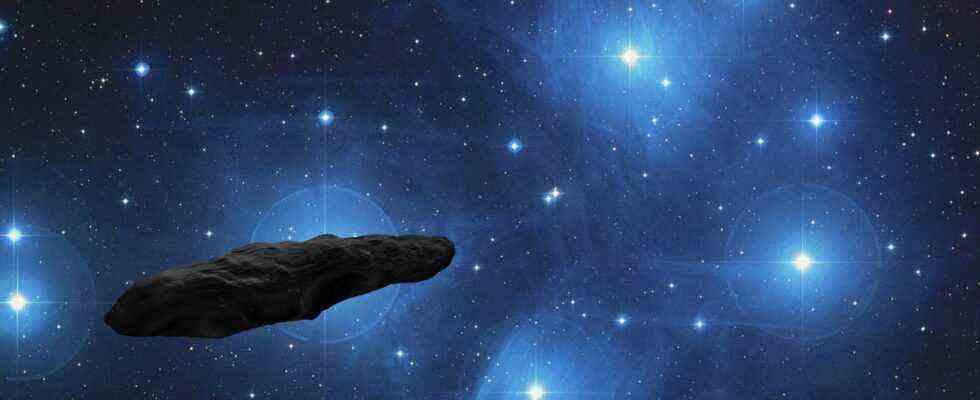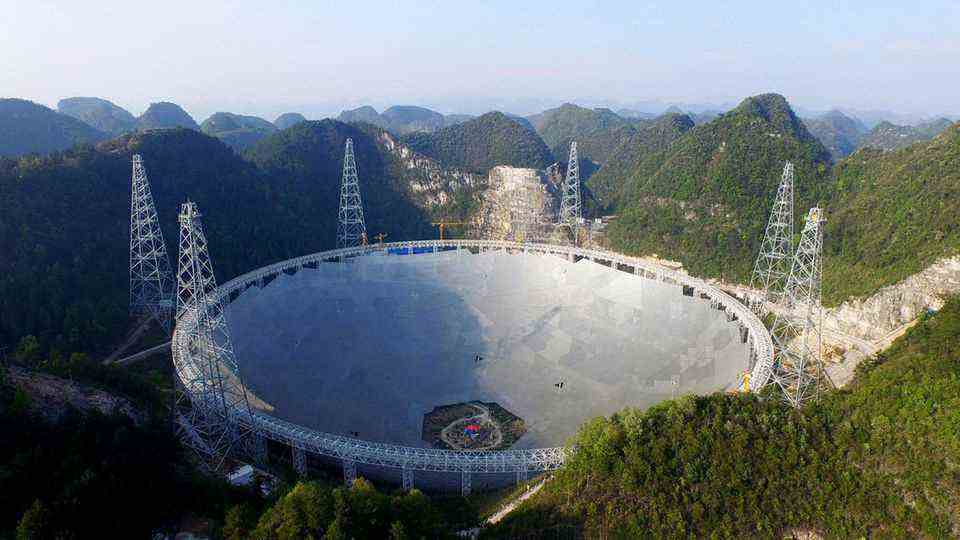“2022 AE1”
A skyscraper-sized asteroid could hit Earth in 2023 – but will likely miss
Most likely, the asteroid 2022 AE1 will stay a full 6.4 million kilometers from Earth (icon image)
© Bjorn Bakstad / iStockphoto / Getty Images
The possibility is very slim, but an asteroid discovered earlier this year measuring about 70 meters in size has the potential to hit Earth next year.
An asteroid named 2022 AE1 was discovered on January 6th this year by the Mount Lemmon Survey Observatory in Arizona, USA. The following day the discovery was officially confirmed by the responsible Minor Planet Center.
When such observations of an asteroid are reported, they are usually followed by precise calculations of its orbit. After three days of observing 2022 AE1, a 0.03 percent chance of an impact with Earth was calculated, as reported by the Brazilian portal Olhar Digital, among others.
Asteroid 2022 AE1 is likely to remain far from Earth
Subsequent observations, combined with knowledge already gained earlier, made it possible to increase the accuracy of the calculations, and the probability of an impact increased to 0.067 percent.

Most likely, however, 2022 AE1 will be a full 6.4 million kilometers from Earth on July 2, 2023. Should it nevertheless hit Earth, 2022 AE1 – estimated to be around 70 meters in extent – would explode with an energy similar to that of 21.5 million tons of dynamite. This would be the effect of just over 1400 Hiroshima bombs detonating simultaneously, as Olhar Digital summarizes. However, even if the impact did happen, it would be most likely to occur in the expanse of sea that covers nearly 70 percent of the Earth’s surface.
Nothing to worry about
However, current calculations show, as “Der Spiegel” explains an assessment by NASA on its homepage, “that the probability of a collision is extremely unlikely and there is no reason for public attention or concern. New telescopic observations will very likely lead to a renewed classification in the run level 0.”
Sources: Olhar Digital, “The mirror”, NASA



